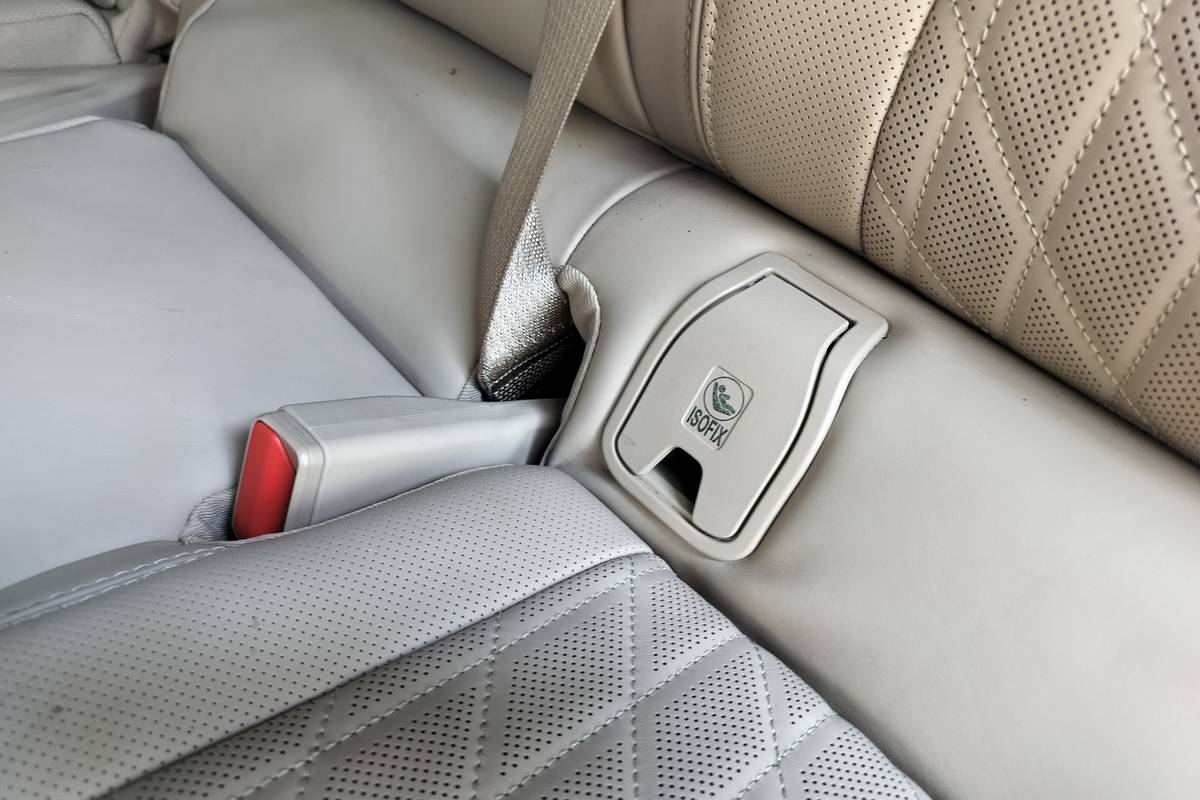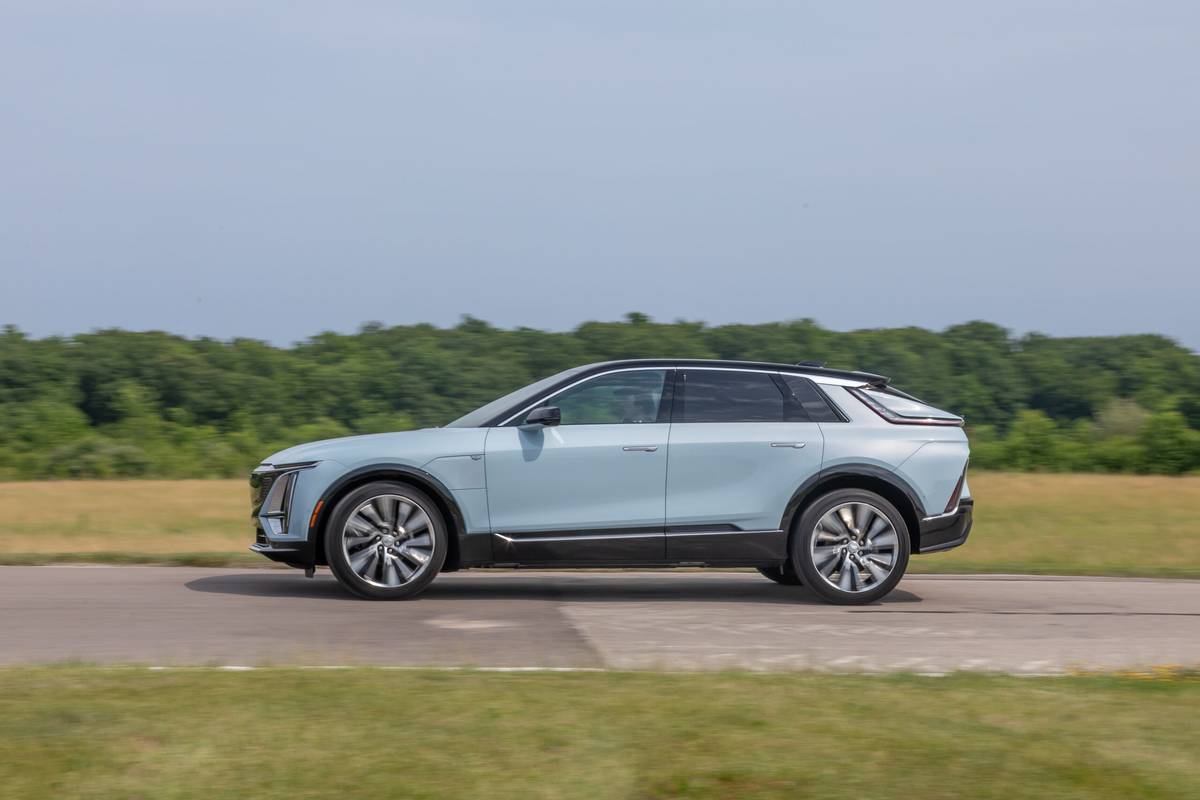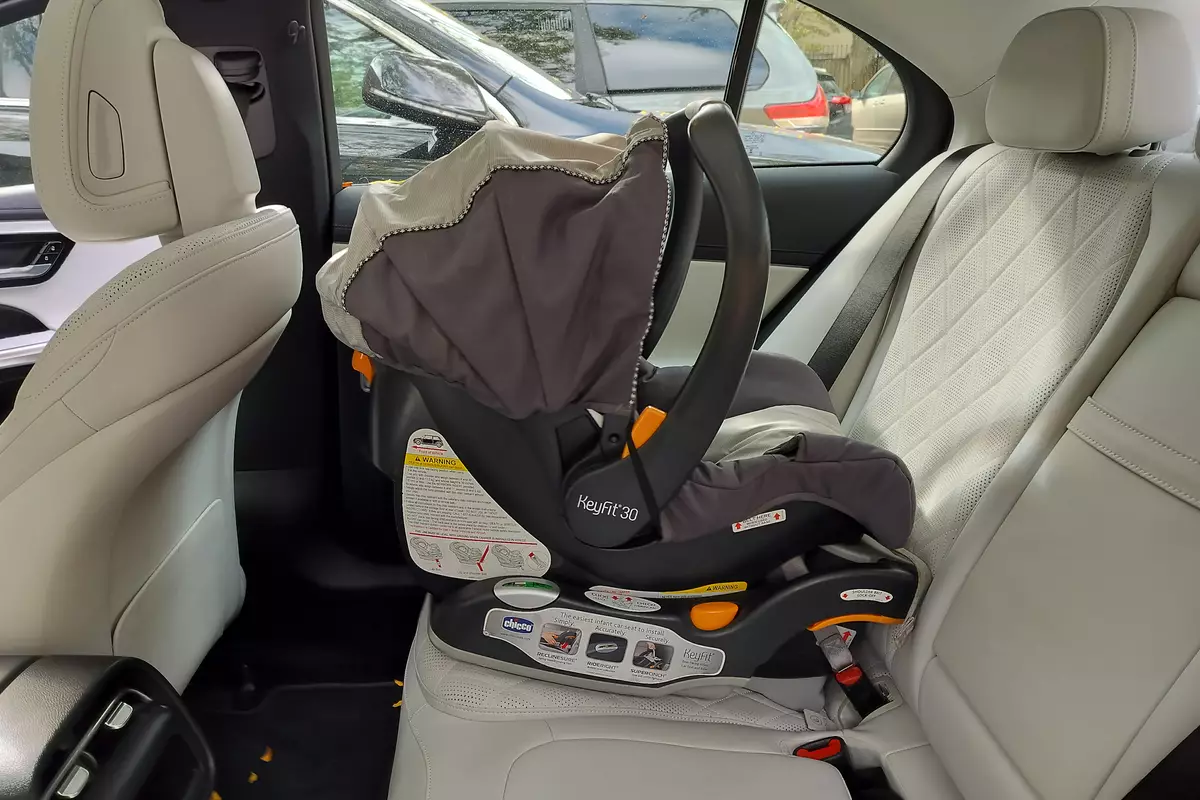chicagotribune.com's view
Oops.
Sorry, but it’s difficult seeing the keyboard with the wool pulled over your eyes.
That’s the covering Honda slipped over media heads in bringing out the 1997 CR-V and calling it a sport-utility vehicle, when it turns out to be a 1997 Honda Civic station wagon with four-wheel-drive.
The CR-V is one of those much-talked-about hybrids: part sport-ute, part station wagon, part mini-van. But the largest part is station wagon.
What you call it depends on how you intend to use it. Just don’t get your hopes up that the CR-V will haul a small army or tow a large boat or run off-road with the sport-ute crowd. This is a vehicle meant to ply the roadways–like a wagon.
The CR-V looks like a sport-ute without an attitude.
You’re going to see a lot more of this type of vehicle as automakers try to take advantage of sport-ute demand but with more user-friendly machines that act more like cars and less like trucks.
The automakers realize that while consumers consider it to be fashionably correct to own an SUV, most of those vehicles ride and handle like tanks–and get the same fuel economy–as well as carry price tags about equal to what they paid for their first domicile.
We tested the 1997 CR-V in prototype right-hand-drive Japanese version last June and now have tested the production left-hand drive U.S. version and found the production model to be considerably different. It’s more docile than devilish.
At first glance, the CR-V looks like a sport-ute, but the longer you study it, the more it looks very much like a four-door Civic wagon with a very tall roof line. That’s not to say it looks bad, but it doesn’t look all that “uteish,” if you catch our drift.
Not only not uteish, it’s not very sport-ute brutish, either. Ride and handling are very carlike. The suspension is softly sprung and you’ll swing wide in tight turns, though 15-inch tires help control those swings when entering or exiting the merger ramp on the tollway. But the offsetting benefit is that there is very little bouncing or jostling in the cabin, unlike sport-utes built off truck platforms that can jar your teeth over nothing more than tarmarks in the road.
The body panels are somewhat slab-sided, so cross winds on the tollway will tap and slap at you and generally move you about a little on the open road.
CR-V is powered by a 2-liter, 126-horsepower 4-cylinder. The 2-liter is designed, first and foremost, for optimum mileage. With the 2-liter the CR-V is civil to the point of being sedate. Push the accelerator hard and you’ll be greeted with a hearty groan. But, of course, those groans will turn to glee when you pass the fuel pumps, where the other SUVs often come to rest.
The CR-V intent is clear. Look like a sport-ute without acting like one in ride, handling or fuel economy.
Haul four adults (or two adults and three kids) plus some luggage or grocery b ags without looking like you are at the helm of a Roadmaster.
Like the more macho utes, CR-V offers full-time four-wheel-drive, but rather than head to a sand dune or steep gravel-covered hill to test its mettle, stay on the open highway.
This is a 4WD unit designed to help you maneuver through the rain and snow on the way to the train station or to work or to school, not to the wilderness vacation retreat.
The CR-V basically operates in two-wheel (front-drive) mode unless the system detects wheel slippage. Then all four wheels automatically engage.
At a recent Midwest Automotive Media Association off-road rallye, the CR-V and Toyota RAV4 watched from the sidelines as the Mountaineers and Blazers played in the mud.
CR-V offers some clever features, such as power window and mirror controls in the instrument panel directly to the left of the steering column rather than on the door armrest.
While it takes some time to get used to findingt ose power window controls, their location off the doors gives the CR-V slimmer armrests and more thigh and leg room for more comfort in the cabin.
Then there are the gimmick items, such as a tray that slips between the front driver and passenger seats to hold your lunch. Without the tray between those seats, you have a walkway to the second seat just as you would in a mini-van.
Or, if you remove the tray, women can use the area to stow their purse out of view because the seats create a rather nice hiding place.
If you want to really dine in style and the mini-tray and cupholders (which pull out of the instrument panel) just don’t do, a plastic picnic table lifts and removes from the rear cargo floor. Unfortunately, a pair of plastic chairs doesn’t pop out of the same floor, so you need to bring your own.
You can use the table to party before a Bears game, for example (although, in all honestly, the only time to party is before the game).
Or you can use the table for a romantic repast while traveling, for example, through Wisconsin’s rustic countryside (although, in all honesty, to avoid passersby wondering what you are doing, be sure to wear your cheddar hat).
The rear window opens and the rear door swings open to gain access to the table–or to place luggage or grocery bags inside. A hanger pulls out of the rear door to hold coat, sweater or cheddar hat while you dine. And a mini cargo container hidden in the back of the rear door allows you to bring along a liter or more of your favorite beverage to wash down your meal.
Honda at one time said the cargo container would hold a jug of wine, but, of course, it is more politically correct, as well as a heck of a lot more sane, to say it will accommodate a 1- to 2-liter container of soda pop.
Other nice touches include red lights that go on in the instrument panel to denote “park” and “neutral,” and green for “reverse” and all the forward gears for a quick visual clue at night; visor vanity mirrors, though they aren’t lit; perhaps the most spacious headroom front and rear of any vehicle on the market other than a full-size pickup truck; a spare tire mounted on the back that’s low enough not to interfere with rear vision; easy-to-fold-over-and-down rear seats that sit flat to increase stowage capacity; location of the parking brake handle low to the floor and flush against the right side of the driver’s seat where it doesn’t get in the way of things; power plugs front and rear so you can use such add-on accessories as a phone or a lamp/TV for that picnic table.
There are a few annoyances, however, one being more than ample rear-seat headroom, but slightly tight legroom; and the other being the design of the gearshift lever so it curves in toward the driver, putting it in too-close proximity to the wiper stalk directly in front of it. The time will come when a driver will shift gears and turn on the wipers a t the same time.
Other than high mileage (22 miles per gallon city/25 m.p.g. highway), one of the main CR-V attractions is price, starting at $19,400 with 4WD and 4-speed automatic. The first 11,000 owners paid only $19,300 until just last week. That’s when Honda made the between-the-front-seats tray standard but bumped the price up by $100 to account for the move.
If you were one of those 11,000 who bought a CR-V before the tray was added as standard and would like to have one, Honda told us you should call your dealer and arrange to pick one up–free.
Standard equipment includes power four-wheel disc brakes, power steering, dual air bags, air conditioning, AM/FM stereo with clock, power windows, power door locks, power mirrors, cruise control, micron air filtration, tilt steering, passenger-side underseat storage, fold-down split rear seats, 15-inch all-season tires, rear window wiper/washer and tinted heat resistant glass.
Back to the price. A though $19,300 is very good and $19,400 not bad, considering the extent of standard equipment, we have a problem with having to purchase a two-item option package (with alloy wheels) that runs $1,000 in order to get anti-lock brakes.
Stiff price, especially when a vehicle with 4WD probably will be driven a great deal in inclement weather when ABS is most useful. But at $1,000, how many will take a pass on ABS in order to save the money?
CR-V for now only comes with a 4-speed automatic and only in 4WD version. The automaker is considering a 5-speed manual and a front-wheel drive version in the future. The reason? To keep the price down. With a 5-speed manual and FWD, Honda easily could reduce $19,400 to $18,400 if not lower.
Monday in Business: Jim Mateja looks at another more carlike sport-utility hybrid–the Lexus SLV, or, as some have dubbed it, the Lexus Outback, which is due out in spring 1998.
Latest news



